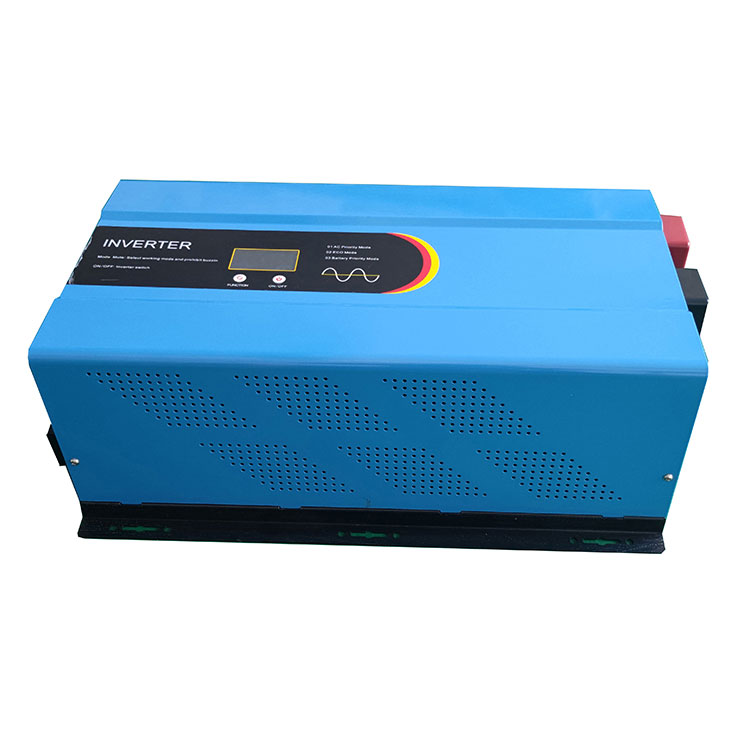Characteristics and features of low-frequency inverters
2023-10-16
A low-frequency inverter, also known as a heavy-duty or industrial inverter, is a device used to convert direct current (DC) power from a battery or other DC source into alternating current (AC) power. It is called a "low-frequency" inverter because it operates at a lower frequency than the standard power grid frequency, which is typically 50 or 60 Hertz (Hz).
Low-frequency inverters are commonly used in applications where a reliable and stable source of AC power is required, such as in off-grid solar power systems, backup power systems, and in remote or mobile applications. These inverters are designed to handle high surge loads and provide continuous power for extended periods.
Here are some key characteristics and features of low-frequency inverters:
1. Output waveform: Low-frequency inverters typically produce a pure sine wave output, which is the same type of waveform as the utility grid. This ensures compatibility with sensitive electronic devices and appliances that require a clean and stable power supply.
2. Power capacity: Low-frequency inverters are available in a wide range of power capacities, ranging from a few hundred watts to several kilowatts or more. The power capacity determines how much load the inverter can handle, and it should be selected based on the specific power requirements of the connected devices.
3. Surge capacity: Low-frequency inverters have a high surge capacity, allowing them to handle brief high-power demands that may occur when starting motors, compressors, or other equipment. The surge capacity is typically several times the continuous power rating of the inverter.
4. Battery charging: Many low-frequency inverters include a built-in battery charger that can convert AC power from an external source (such as a generator or utility power) to DC power for charging the batteries connected to the inverter. This feature is especially useful in off-grid or backup power systems.
5. System monitoring and protection: Low-frequency inverters often come with built-in monitoring and protection features, such as voltage and frequency monitoring, overload protection, over-temperature protection, and short circuit protection. These safeguards help to prevent damage to the inverter and connected devices.
6. Efficiency: Low-frequency inverters typically have lower efficiency compared to high-frequency or grid-tie inverters. However, their robust design and ability to handle high surge loads make them suitable for applications where reliability and power stability are paramount.
It's important to note that low-frequency inverters are generally larger and heavier compared to high-frequency inverters due to their heavy-duty construction. They are also typically more expensive. When selecting a low-frequency inverter, it's essential to consider the power requirements, surge capacity, and specific features needed for your application to ensure optimal performance and compatibility.



